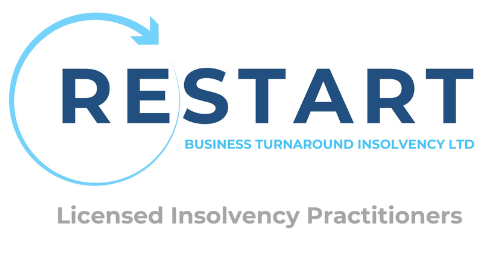
Will Bounce Back Loans Be Written Off?
In the wake of the economic turmoil caused by the COVID-19 pandemic, the UK government introduced a series of financial support measures to aid struggling businesses. One such measure was the Bounce Back Loan Scheme (BBLS), designed to provide much-needed financial relief to small and medium-sized enterprises (SMEs). As the economy gradually recovers, business owners are left wondering whether these loans will eventually be written off and what role Insolvency Practitioners might play in navigating this complex landscape.
So, will Bounce Back Loans be written off in the years to come? The fate of Bounce Back Loans in terms of potential write-offs remains uncertain, and it’s essential for businesses to approach this situation proactively. As the UK economy rebounds from the impacts of the pandemic, SMEs must carefully consider their options for loan repayment, engaging in open dialogues with lenders and exploring alternatives to insolvency.
Our Insolvency Practitioners at Restart BTi stand ready to provide expert guidance to businesses navigating these challenging waters. Whether it’s devising a recovery strategy, restructuring operations, or facilitating insolvency procedures, these professionals play a crucial role in assisting distressed businesses and helping them chart a course toward financial stability in a post-pandemic landscape.
To help you learn more about the BBL, our experts have written this short guide for you to explore. Simply keep reading to discover what to do if you’re struggling with your BBL.
Can Bounce Back Loans be Written Off?
As it currently stands, there has been no official announcement by the UK Government to write off Bounce Back Loans. The decision to write off Bounce Back Loans would likely depend on a variety of factors, including the overall economic recovery, the financial health of businesses, and the government’s fiscal policies. Governments often face the challenge of balancing the need to support businesses and individuals during times of crisis with the imperative of maintaining fiscal responsibility.
Launched in May 2020, the Bounce Back Loan Scheme was aimed at providing quick and accessible financial support into SMEs that were grappling with the economic fallout of the pandemic. Under the scheme, eligible businesses could borrow up to 25% of their turnover, with a maximum cap of £50,000. One of the most attractive features of BBLS was its simplified application process, which required minimal documentation and boasted rapid approval times.
What Happens If I Can’t Pay Back My BBL?
For businesses finding it challenging to repay their Bounce Back Loans, there are several avenues to explore before considering insolvency. Communication with lenders is crucial; many financial institutions have demonstrated flexibility in granting extensions or restructuring loan terms to accommodate businesses’ changing circumstances.
Generally, there are 3 options available to you if you’re struggling with your BBL. This includes:
- Extending the loan up to 10 years.
- Making interest only payments for 6 months.
- Taking a 6 month payment holiday.
Where Can I Get Help With My Bounce Back Loan?
If you’re struggling with business debt, then you need the assistance of an Insolvency Practitioner.
Insolvency Practitioners play a pivotal role in assisting distressed businesses by offering comprehensive insights and solutions. When considering options such as business recovery, restructuring, or insolvency, Insolvency Practitioners provide invaluable guidance based on their deep understanding of financial regulations and market dynamics.
If a business is genuinely unable to meet its financial obligations, an Insolvency Practitioner can facilitate various insolvency procedures. In the context of Bounce Back Loans, these procedures might include:
- Company Voluntary Arrangement (CVA): This is a formal agreement between a business and its creditors that outlines a plan to repay debts over time. A CVA can provide breathing room and allow the business to continue operating while addressing its financial challenges.
- Administration: If a business faces immediate threats of insolvency, entering administration can provide protection from creditors while a rescue plan is formulated. This could involve selling parts of the business, restructuring operations, or finding new investment.
- Liquidation: In cases where recovery is not viable, an Insolvency Practitioner can guide a business through an orderly liquidation process, ensuring that assets are sold off to repay creditors.
It’s important to note that seeking advice from an Insolvency Practitioner should be considered as a strategic move rather than an admission of failure. These professionals can offer an objective assessment of a business’s financial situation and recommend the most suitable course of action, helping business owners make informed decisions.
Receive Expert Help From the Insolvency Practitioners at Restart BTi
Don’t struggle with paying back your BBL. Get help from the insolvency experts at Restart BTi. We’re here to help you find the ideal solution for your business. Simply contact us today for your free, confidential consultation.

Established in 2018, the directors at Restart BTi have over 50 years of experience to assist companies, business owners and individuals with expert advice and tailored solutions when facing financial difficulties.
